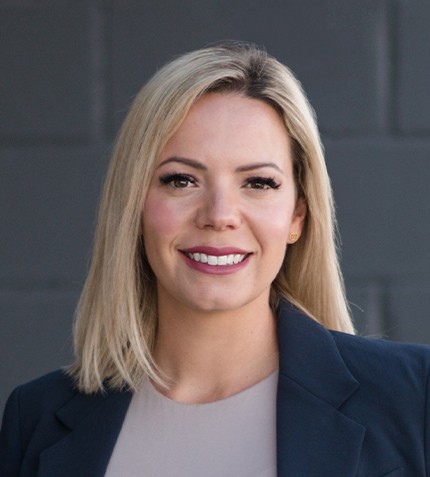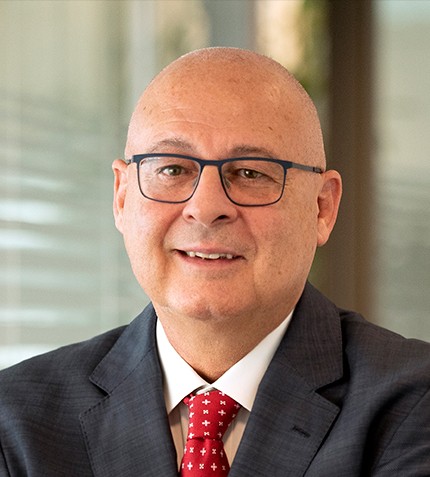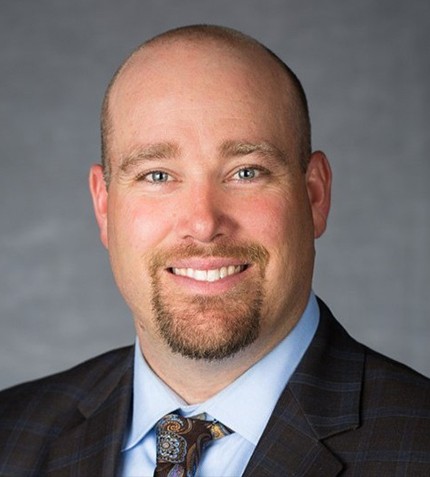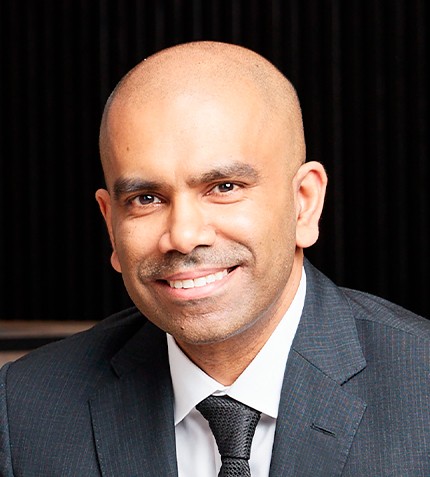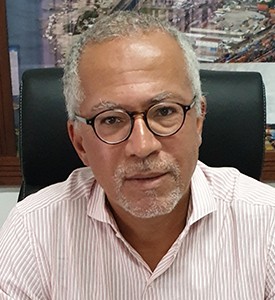
"There are many challenges for logistical companies in Africa, and improved infrastructure, the availability of more trucks and close collaboration with operators in countries surrounding the DRC will be essential as the volumes continue to grow."
Rodolphe Kembukuswa
GENERAL MANAGER, BOLLORÉ LOGISTICS DRC
As the country’s leading logistics company, how have you positioned yourself strategically throughout the DRC?
Bolloré operates in three different regions in the DRC, the first being the western region with our head office in Kinshasa from where we handle clearing and forwarding activities mainly to/from: northern Europe and the Far East; the eastern region that is linked to Kenya and Tanzania; and lastly the southern region of Katanga, with the main office in Lubumbashi as well as in Kolwezi and Kasumbalesa, focusing on Tanzania and South Africa gateways.
We operate out of three different regions because we work through logistical corridors running across the country. Various activities and business on one side of the country requires a different set up and organization than on the other side. Our southern office reports to a regional office in Johannesburg while our Kinshasa head office, part of Congo cluster, reports to our head office in Paris.
Bolloré has a presence in almost every African country. What are the main challenges when working across borders?
There is often a lack of common goals and communication between different governments and attempts to improve communication from your side may not be reciprocated. We do not work directly with governments, but we are sometimes invited to fill an advisory role in major logistical issues. Another problem is bad infrastructure, where significant road conditions difference from one country to another are often obvious as soon as border crossed. There is a trade community within the region, but unfortunately it does not always manage to solve problems efficiently. We regularly face congestion issues where trucks are stuck at border crossings for weeks, which creates chaos on transport demand and supply and volatility of the market.
What work is being done to resolve the exit port bottlenecks?
Tanzania and South Africa are main exit ports to the Far East where 90% of minerals go. Dar es Salaam port efficiency has improved over the last years, while Durban is known as efficient but expensive. To exit from western DRC is a huge problem as Matadi is an old river port, meaning large vessels cannot enter. There have been talks of building or refurbishing other exit points such as the Banana high-sea port project, but nothing has been done so far. One of the main issues is that the project would also require the extension of rail networks, port infrastructure, roads and electricity supply, which would mean a sizeable investment.
What has the elected government promised regarding infrastructure development?
There was a memorandum submitted recently by representatives of the Katanga private sector regarding lack of energy and infrastructure, so the government is certainly aware of the situation but has yet to declare its plans for solving the issue. We have also been told of government plans to refurbish wagons and locomotives on the Southern & Eastern SNCC network, but we are not sure if this will happen. Authorities need to prioritize, discuss and advocate alongside the private sector to resolve these problems. Each individual logistical issue must be viewed from a global development perspective where all parties and countries involved collaborate by sharing goals and a subregional vision.
On a different note, mining companies try to develop electrical infrastructure themselves, as most mines still run on generators. These private initiatives sometime also aim to provide electricity to the surrounding communities, but it should not be their responsibility alone. There needs to be a vision and planned development that involves both the private and public sector. We hope that the new authorities will be focused on that so that significant and sustainable developments will follow.
What is the long-term vision of Bolloré and where do you see the most opportunity to help grow the country?
There are many challenges for logistical companies in Africa, and improved infrastructure, the availability of more trucks and close collaboration with operators in countries surrounding the DRC will be essential as the volumes continue to grow. As part of an experienced logistics network, Bolloré DRC has a key role to play to enhance the process, streamline the cargo flows and secure supply and exit corridors for the country.
There are many young, bright and innovative people in the DRC, and Bolloré makes a huge effort to educate and train our staff as the country’s educational institutions are rather inadequate or not creative enough in a permanently changing environment.
Leadership is extremely important, as we have seen in other countries were the influence of great leaders has done miracles. Currently, we have big operations in Western Africa (Ivory Coast, Senegal and Cameroon) and Eastern Africa (Kenya, Uganda and Tanzania) to help develop those communities, and we would like to do the same in the DRC by utilizing our skills, network and assets.




